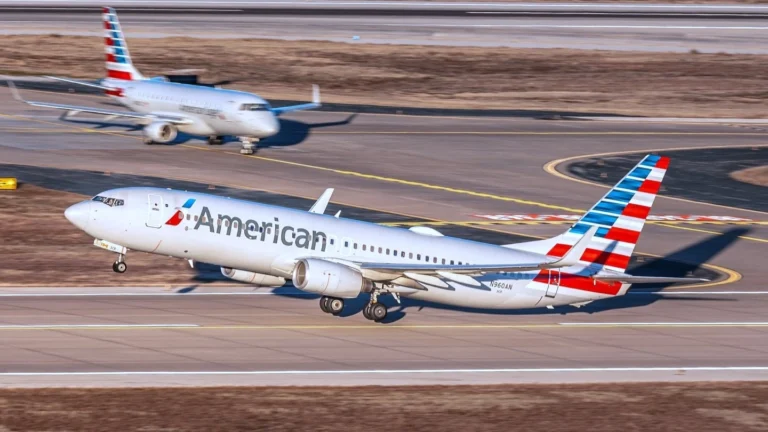DALLAS- American Airlines (AA) is one of the largest and most dominant airlines in the world, and its domestic network of routes forms the backbone of its operations. Its extensive network of routes gives customers an unparalleled level of choice, so that the carrier is America’s power broker in the skies.
From Dallas/Fort Worth (DFW), its largest operating hub, to Florida’s sunny beaches, the high-frequency connections between the big cities and resorts showcase AA’s ability to run both business and leisure travel. Having a strong presence in large hubs like Charlotte (CLT), Miami (MIA), and Phoenix (PHX), American offers good coverage for those customers who desire to connect between major hubs or travel to well-known destinations within the U.S.
What makes American’s busiest routes so unique is the airline’s capacity to offer competitive frequency, enabling travelers to move seamlessly between major cities, from New York’s sidewalks to San Francisco’s tech hub. This is not a case of transport from point A to point B; it’s offering a reliable service that balances convenience with a wide reach of destinations.
Let’s unpack the top 30 busiest domestic routes of the Dallas-based carrier.
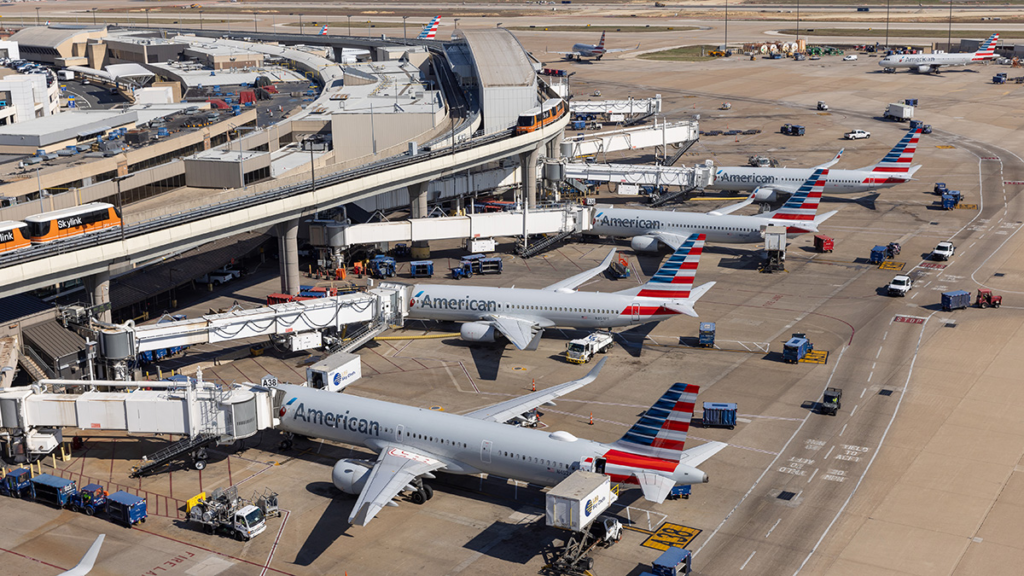
The Core Triangle: DFW, CLT, MIA
If there were one line of words that could most accurately describe American’s domestic strategy, it would be “connect through the triangle.” That triangle? Dallas/Fort Worth (DFW) in the West, Charlotte (CLT) in the East, and Miami (MIA) anchoring the South.
Together, these three hubs support virtually every route in American’s busiest domestic network. DFW is featured on 16 of the top 30 routes, often operating both ends of the city pair. CLT is featured on 13, and MIA on 9. It’s a network built upon frequency, scope, and exacting knowledge of precisely where Americans need to go and when.
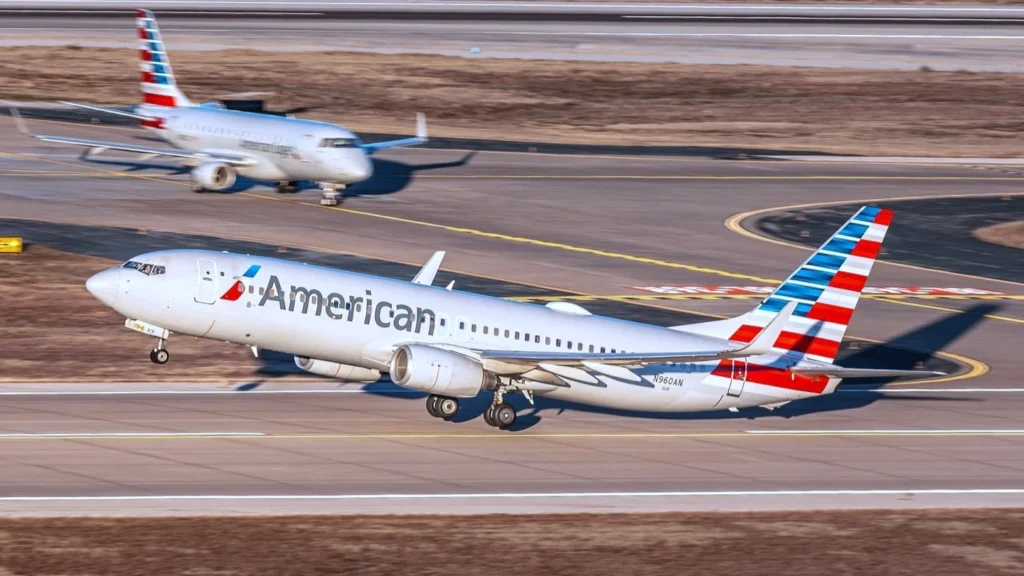
Dallas/Fort Worth: The Mega-Hub of Mega-Hubs
No airport represents American Airlines more than DFW. The number one route is DFW–Los Angeles (LAX) with 2,313 monthly flights and nearly 544 million ASMs. But LAX is not alone. From Miami and Phoenix to Austin, San Antonio, and LaGuardia, DFW is a hub for short and long-haul flights.
One of the more unexpected tidbits? The DFW–Austin (AUS) route, which is a paltry 190 miles, is the 8th busiest overall in flights, with 1,933 departures in one month alone. That’s high-frequency, short-haul scheduling par excellence, which represents a testament to Americans’ faith in extracting dollars from regional traffic and frequent business travelers through shuttle-type service.
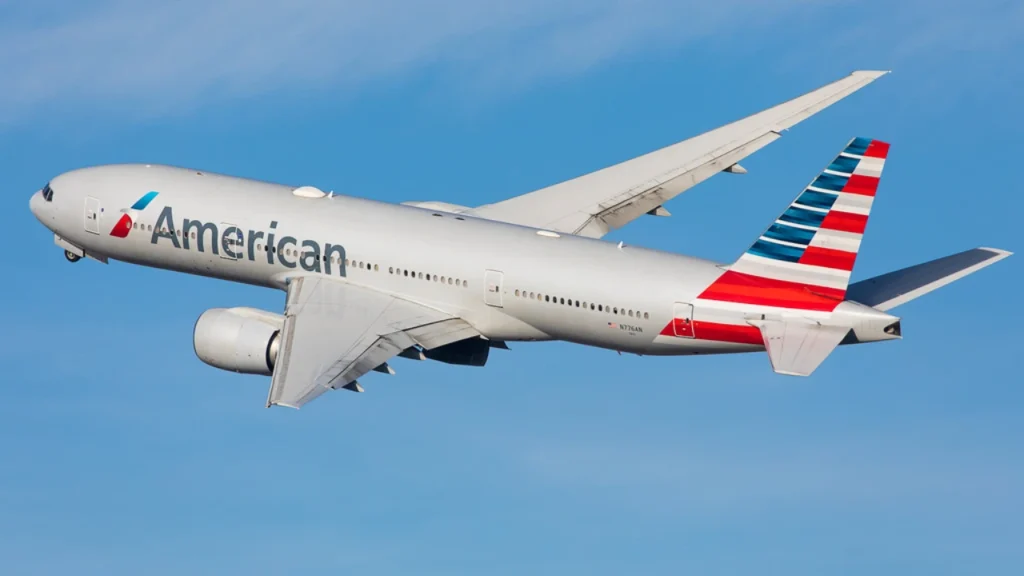
Charlotte: The Silent Workhorse
Charlotte keeps a low profile, but the numbers disagree. CLT is a top performer in coast-to-coast and intra-region operations. American’s CLT–Orlando route had 2,128 flights in March, which is more than CLT–DFW or even CLT–MIA. Why CLT is so important is that it plays two roles: it serves connecting traffic for passengers traveling from the Eastern Seaboard as well as non-stop demand into Florida, the Midwest, and further.
Even short hops like CLT–Raleigh/Durham (RDU) or CLT–Tampa (TPA) are eligible, demonstrating good Southeast U.S. demand. CLT also has support for longer missions, such as Phoenix, Chicago-O’Hare, and Philadelphia, keeping American’s East Coast operation in a flexible state.
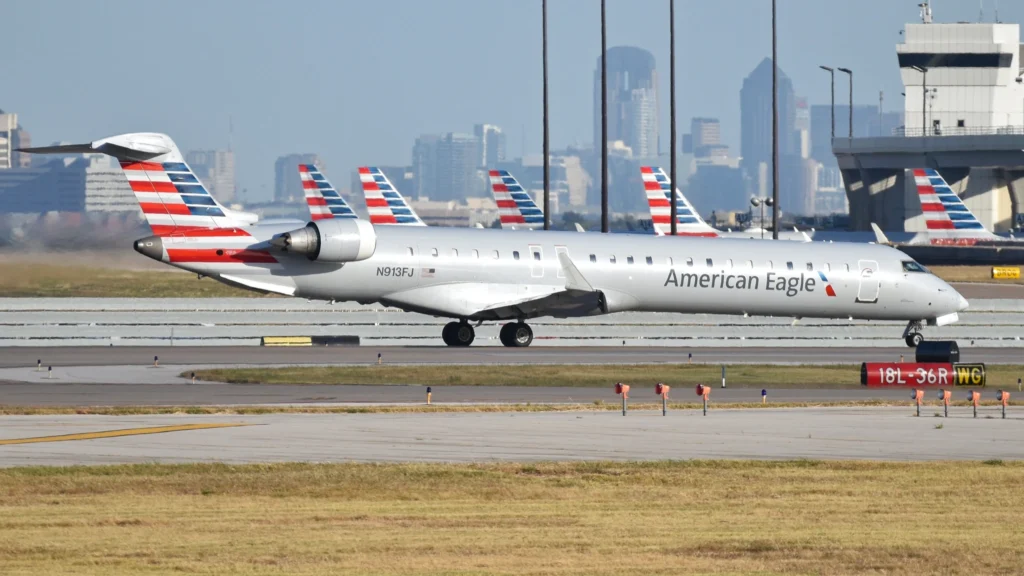
Miami: Latin America’s Gateway
American’s hegemony in Miami is generally linked to Latin America, but MIA is hardly a one-trick pony. With over 2,100 flights between MIA and DFW, and another 1,928 flights to Washington-National (DCA), it becomes clear that American depends on MIA for its strong domestic connectivity as well.
Moreover, American is not shy about inundating even brief intra-Florida sectors. The MIA–Orlando route features 1,574 flights, which equate to nearly 51 daily flights.. That may sound insane on paper, but the reality on the ground is simple: Florida is burning, and American Airlines is going all in.
Even longer routes like MIA–New York LaGuardia and MIA–Chicago-O’Hare are among the top 30, dividing leisure and business traffic.
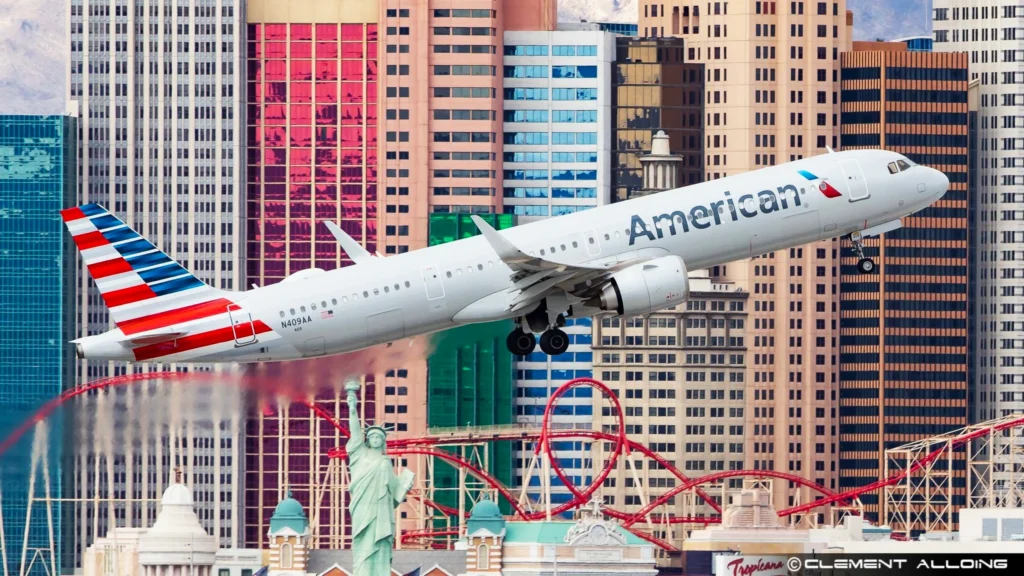
Outliers
Outside of the hub triangle, AA’s presence stretches into high-pull spokes like New York, Chicago, Washington D.C., and Las Vegas. The 7th-ranked busiest route is DFW–LaGuardia, and the 5th-ranked is DFW–Las Vegas. They are both paradigm trunk lines, both point-to-point and connect traffic.
The LAX–JFK route is the sole top 30 city pair that does not feature a DFW-CLT-MIA triangle hub. This premium transcon route experiences 1,592 monthly flights and over 400 million ASMs, demonstrating its importance in the battle for lucrative coastal traffic.
And yet another jewel? DFW-San Francisco (SFO), not generally perceived as an AA stronghold, yet still no. 28. Clearly, American is determined to maintain its digits in high-reward transcontinental markets in the presence of heightened competition.

What Does the Data Really Say?
Beyond sheer numbers, most remarkable is how American uses frequency as a tool of strategy. Whether it’s over-saturating short-haul markets such as DFW–San Antonio and CLT–RDU, or dumping volume on mid-sized flights such as DFW–Chicago, the carrier’s motive is unmistakable: conquer each corridor with size.
But there is also a sense of balance in the route structure. Heavy ASMs on long hauls are offset by high-frequency shuttles.
Coastal prestige routes are complemented by regional feeders. It’s a network that is as much about optimizing aircraft utilization as it is about convenience to customers.
| Rank | Route | Flights | Seats | ASMs |
| 1 | Dallas/Fort Worth (DFW) – Los Angeles (LAX) | 2,313 | 440,385 | 543,875,475 |
| 2 | Phoenix (PHX) – Dallas/Fort Worth (DFW) | 2,221 | 426,705 | 370,379,940 |
| 3 | Miami (MIA) – Dallas/Fort Worth (DFW) | 2,146 | 416,534 | 466,934,614 |
| 4 | Charlotte (CLT) – Orlando (MCO) | 2,128 | 405,316 | 189,687,888 |
| 5 | Dallas/Fort Worth (DFW) – Las Vegas (LAS) | 2,082 | 397,978 | 419,866,790 |
| 6 | Charlotte (CLT) – Dallas/Fort Worth (DFW) | 1,970 | 377,508 | 353,724,996 |
| 7 | Dallas/Fort Worth (DFW) – New York-LaGuardia (LGA) | 1,942 | 334,024 | 463,959,336 |
| 8 | Dallas/Fort Worth (DFW) – Austin (AUS) | 1,933 | 330,680 | 62,829,200 |
| 9 | Miami (MIA) – Washington-National (DCA) | 1,928 | 330,696 | 304,240,320 |
| 10 | Charlotte (CLT) – Tampa (TPA) | 1,861 | 351,958 | 178,794,664 |
| 11 | Dallas/Fort Worth (DFW) – San Antonio (SAT) | 1,852 | 298,500 | 73,729,500 |
| 12 | Dallas/Fort Worth (DFW) – Chicago-O’Hare (ORD) | 1,840 | 326,345 | 261,728,690 |
| 13 | Dallas/Fort Worth (DFW) – Orlando (MCO) | 1,838 | 348,856 | 343,274,304 |
| 14 | Chicago-O’Hare (ORD) – Dallas/Fort Worth (DFW) | 1,836 | 325,345 | 260,927,017 |
| 15 | Washington-National (DCA) – Dallas/Fort Worth (DFW) | 1,795 | 317,294 | 378,214,448 |
| 16 | Charlotte (CLT) – Raleigh/Durham (RDU) | 1,774 | 337,998 | 43,939,740 |
| 17 | Miami (MIA) – Charlotte (CLT) | 1,734 | 320,834 | 208,862,934 |
| 18 | Miami (MIA) – New York-LaGuardia (LGA) | 1,708 | 291,752 | 320,051,944 |
| 19 | New York-LaGuardia (LGA) – Charlotte (CLT) | 1,688 | 253,702 | 137,760,186 |
| 20 | Charlotte (CLT) – Chicago-O’Hare (ORD) | 1,618 | 288,798 | 172,990,002 |
| 21 | Charlotte (CLT) – Philadelphia (PHL) | 1,600 | 267,462 | 119,555,514 |
| 22 | Los Angeles (LAX) – New York-JFK (JFK) | 1,592 | 162,384 | 401,900,400 |
| 23 | Miami (MIA) – Orlando (MCO) | 1,574 | 256,864 | 49,574,752 |
| 24 | Washington-National (DCA) – Charlotte (CLT) | 1,556 | 221,894 | 73,225,020 |
| 25 | Miami (MIA) – Chicago-O’Hare (ORD) | 1,535 | 263,604 | 315,533,988 |
| 26 | Phoenix (PHX) – Charlotte (CLT) | 1,514 | 289,692 | 513,913,608 |
| 27 | Dallas/Fort Worth (DFW) – Denver (DEN) | 1,478 | 273,902 | 175,635,282 |
| 28 | Dallas/Fort Worth (DFW) – San Francisco (SFO) | 1,469 | 270,872 | 396,556,608 |
| 29 | Charlotte (CLT) – Fort Lauderdale (FLL) | 1,467 | 278,730 | 176,157,360 |
| 30 | Dallas/Fort Worth (DFW) – Philadelphia (PHL) | 1,456 | 295,692 | 384,990,984 |
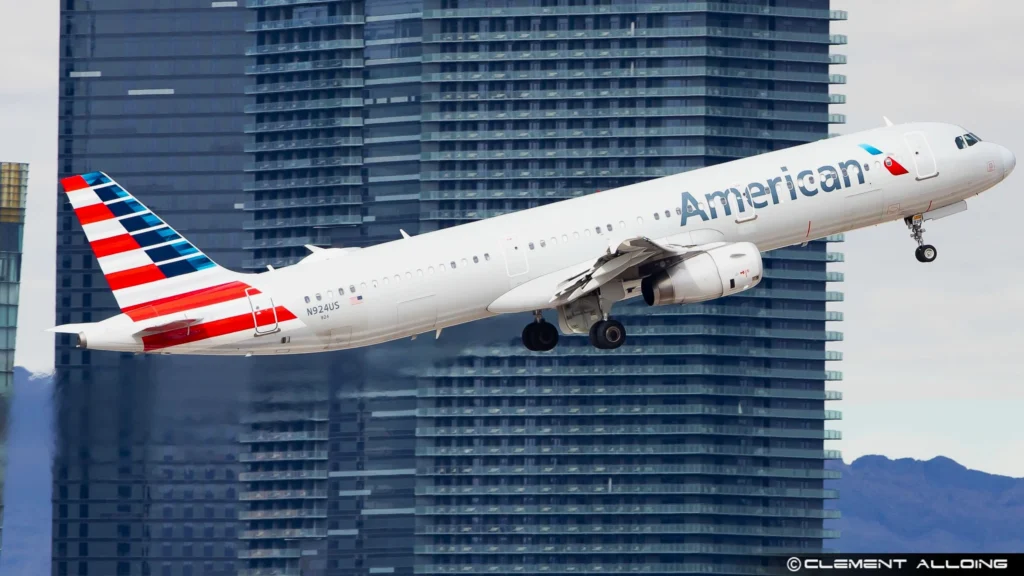
Bottom Line
American Airlines’ top 30 domestic routes are not just impressive- they’re indicative. They point to an airline dedicated to hub dominance, employing geography, scheduling, and market savvy to lead the way.
DFW is the king of this kingdom, but CLT and MIA are barely behind. They are the triumvirate that keeps millions in the air every month, whether a 200-mile hop to Austin or a 2,400-mile journey to JFK.
And if anything is certain, it’s that American Airlines has built a domestic empire designed not to serve, but to dominate.
Stay tuned with us. Further, follow us on social media for the latest updates.
Join us on Telegram Group for the Latest Aviation Updates. Subsequently, follow us on Google News
Data Sourced from Cirium Diio

